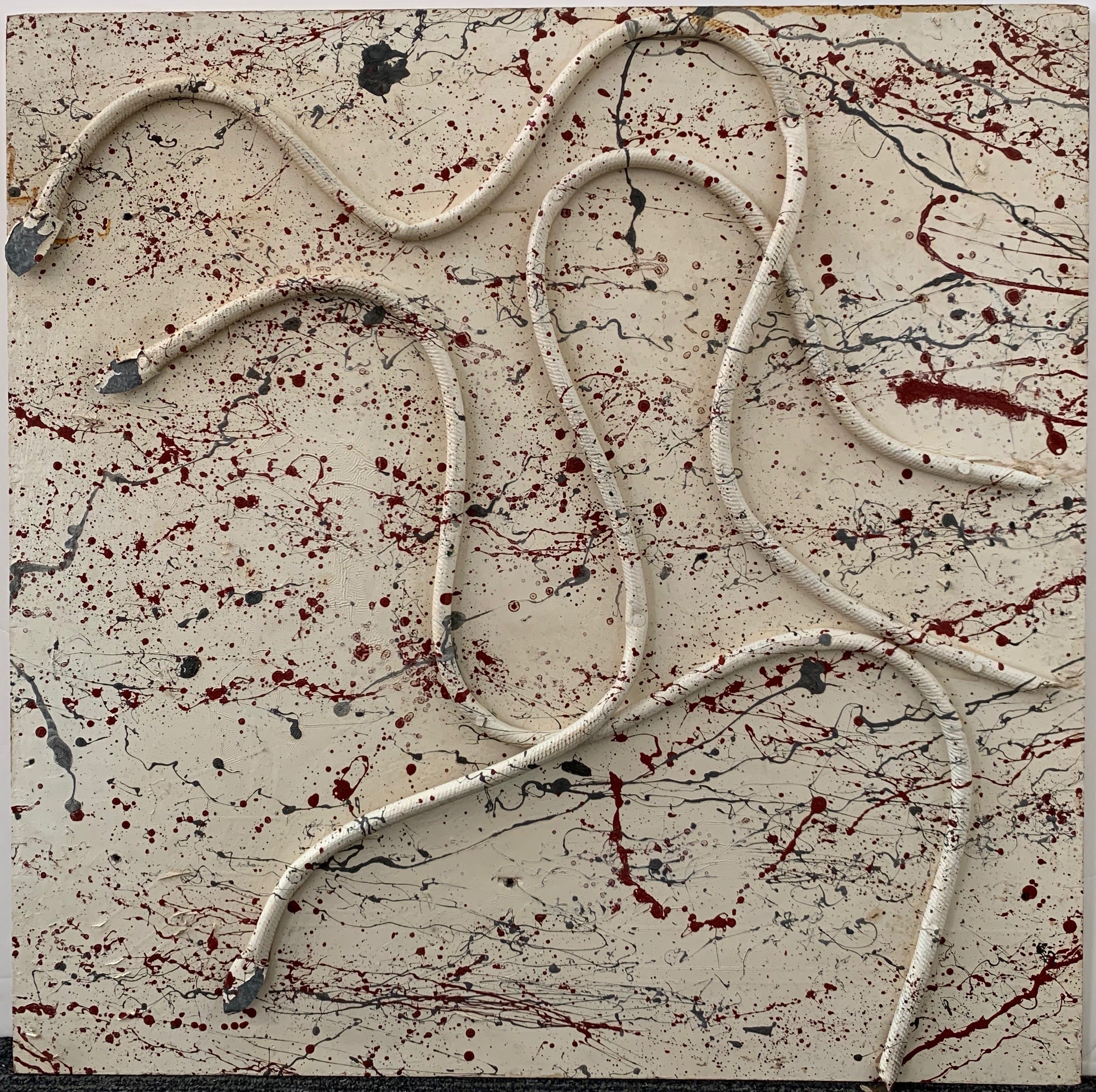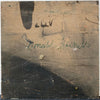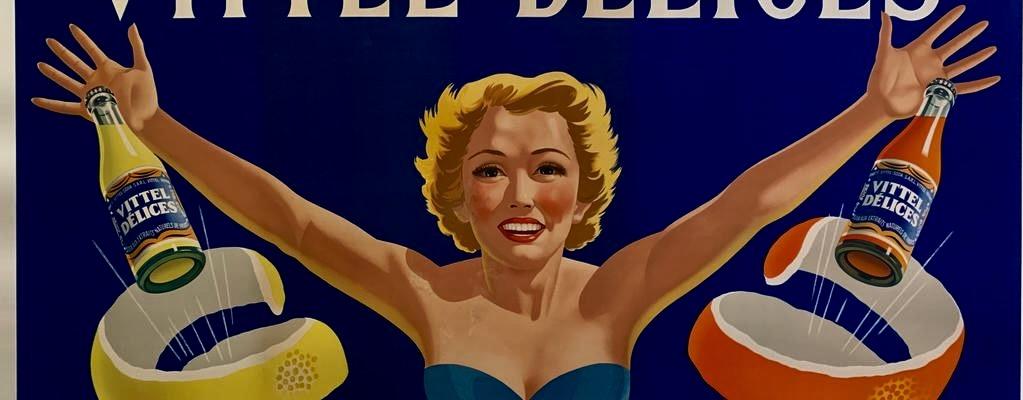Ronald Lockett Painting Untitled
U.S.A Painting, 199436 x 36 in (91 x 91 cm)
ID #RL-10-M
Ronald Lockett was born in Bessemer, Alabama in 1965. This made him the youngest member of the Birmingham-Bessemer group—a group that includes notable artists like his mentor Thornton Dial, as well as Kerry James Marshall and Jack Whitten. Even more importantly, his age meant Lockett grew up after the Civil Rights Movement, a fact that forever haunted both his identity and art. Lockett found himself caught in a racial limbo, living in a society that had already declared itself post-racial, and yet still struggling with the systemic poverty and discrimination the country had supposedly moved past. For these reasons, most of Lockett's peers left the South. The most famous artists that had come before him, like Marshall and Whitten, had left Alabama to attend art school, a decision Lockett pointedly—and radically—chose not to make. Lockett learned all he needed from his uncle Thornton Dial and his art was greatly inspired by the world around him: primarily his neighborhood, Pipe Shop, named after the pipe manufacturing plant nearby where the black population was employed. Lockett would accordingly create his art from the found materials he could track down nearby, giving his work a profound sense of place and deep rootedness of culture. When Lockett was diagnosed with HIV, his art became less and less representational, the only approach he found suitable to tackle themes like loss and death, abstract subjects that couldn't be pinned down in any one image.
Artist: Ronald Lockett
Year: c. 1988
Material: Hose, nails, house paint, plywood
Hand-signed on the back










